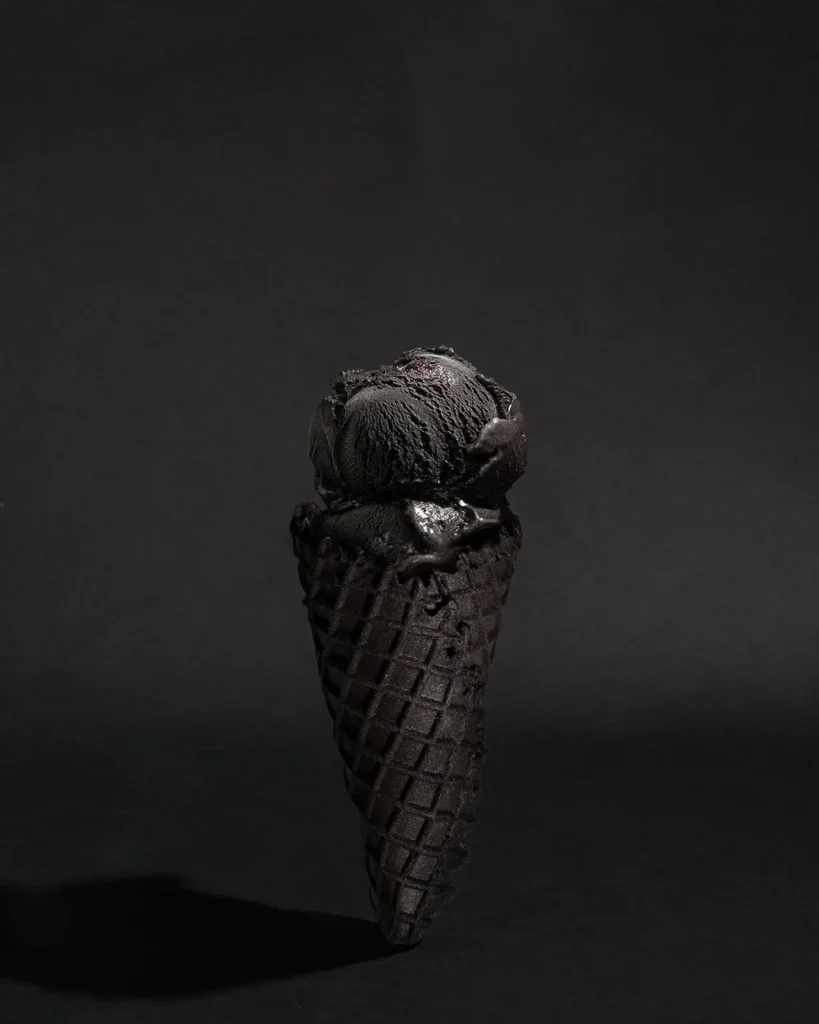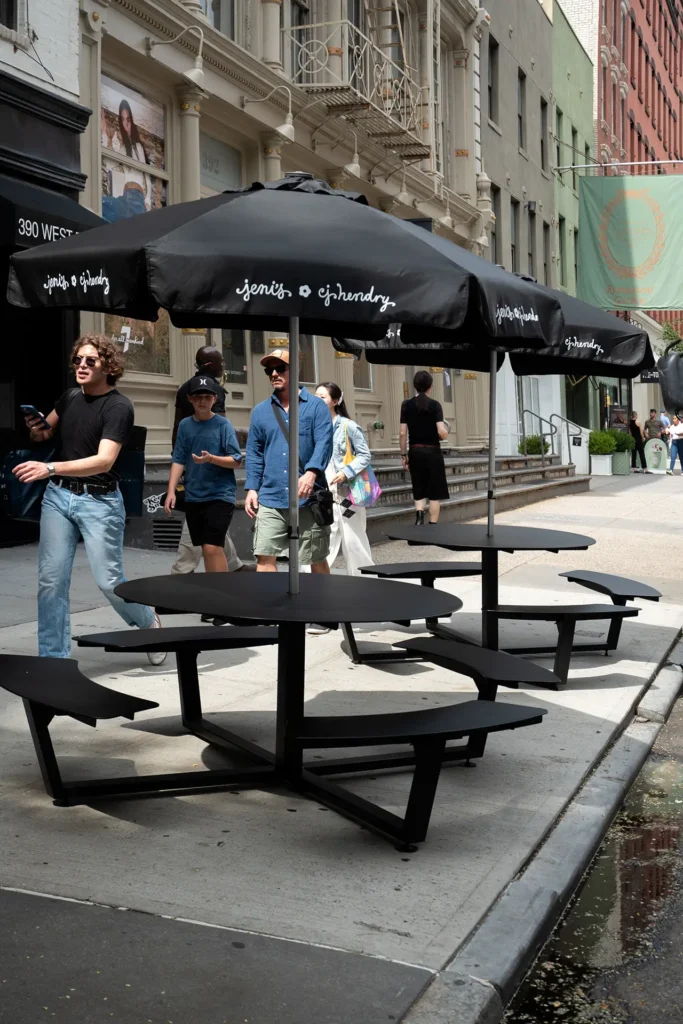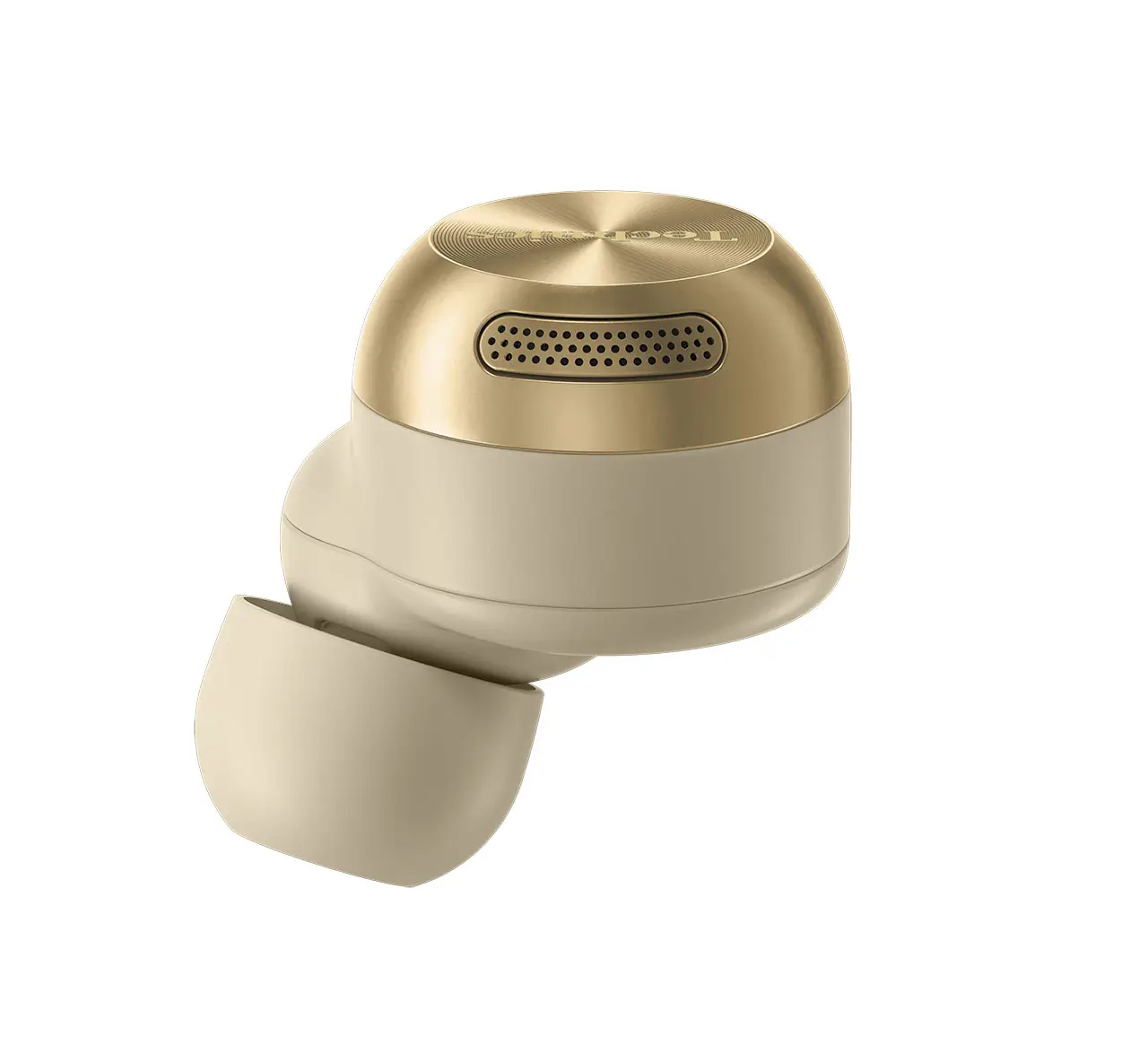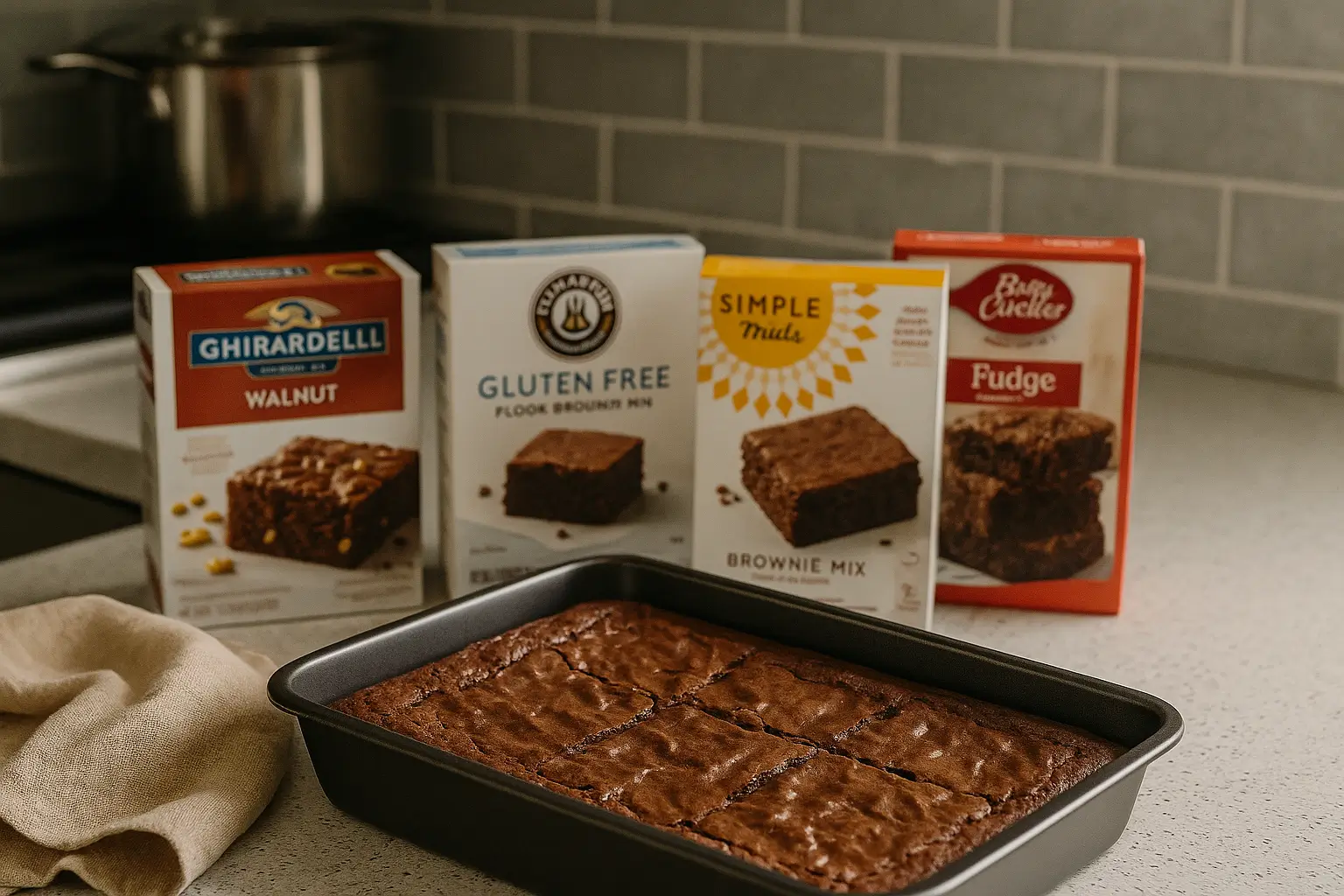trend
CJ Hendry is an artist of contradictions — her chosen medium, colored pencil, seems too humble to produce the illusionistic depth her drawings achieve. She renders Hermes bags, Nike shoes, and crumpled luxury packaging with microscopic fidelity. Each work is a study in reflection, consumption, and desire. Her past installations — like Rorschachand Monochrome — have transformed entire spaces into sensory environments, drenched in a single color and emotion.
Hendry treats materials like language. She doesn’t simply reproduce objects; she recreates their aura — the way metal gleams, fabric folds, or pigment saturates space. Her art lives at the intersection of obsessive craft and playful concept, where a luxury handbag can feel both sacred and absurd.
Jeni Britton Bauer, founder of Jeni’s Splendid Ice Creams, works with a similar obsession for detail, though her medium is flavor. Since 2002, her brand has pushed boundaries through unexpected combinations: brown butter almond brittle, goat cheese with red cherries, wildberry lavender. Every flavor tells a story, every scoop balances nostalgia and experimentation.
Both Hendry and Jeni’s speak to an audience that values experience as much as product. Hendry’s collectors queue for immersive color-blocked installations; Jeni’s fans line up for limited-edition drops. Both understand how aesthetics become emotion, and how emotion becomes a community.
what jet black means
Jet black isn’t merely a color — it’s an attitude. It absorbs light rather than reflects it. It’s total, endless, grounding. In visual art, black carries weight: it’s both void and mirror. In food, black teases the palate — activated charcoal, black sesame, licorice, dark cocoa — ingredients that flirt with danger and sophistication.
For Hendry, black might translate into graphite shadows or ink-dense lines; for Jeni’s, into a flavor profile that’s daringly monochromatic. Imagine a pint that looks sculpted from volcanic glass: rich black sesame ice cream swirled with ribbons of black cocoa fudge, dotted with salt crystals and shards of candied licorice. The taste would linger between nutty and bittersweet, soft yet intense — an edible reflection of Hendry’s tonal mastery.
The name Jet Black Flow captures both artists’ shared fascination with control and movement. For Hendry, flow refers to the meditative rhythm of her linework; for Jeni’s, it’s the flow of cream, sugar, and flavor in motion. In both, the act of making is a choreography of repetition and surrender.
show
A collab like this would exist beyond product. It would arrive as an installation, an event — a multisensory happening. Imagine entering a space drenched in matte black: velvet walls, graphite-coated sculptures, and a soft hum that mimics the swirl of a freezer drum. On the center plinth, Hendry’s drawing — a hyperreal close-up of melting ice cream — glistens under controlled light. Nearby, servers in monochrome aprons offer scoops of “Jet Black Flow” in sleek ceramic bowls.
The experience bridges Hendry’s obsession with texture and Jeni’s devotion to flavor. Each spoonful mirrors the graphite density of her strokes; each reflection of melting ice cream evokes her glossy renderings. What’s frozen on paper becomes alive on the tongue.
Packaging would be an extension of Hendry’s minimalist aesthetic. The pint could arrive in deep matte black, embossed with the collaboration’s title in chrome lettering. The lid interior might feature one of Hendry’s signature drawings, printed in subtle gray linework. No overt color, no clichés — just quiet opulence.
psych
There’s a reason this imagined project resonates: it captures our cultural hunger for experience. We live in an age of saturation, where color and content overflow. The allure of black — of restraint — becomes its own rebellion. “Jet Black Flow” would appeal not because it’s loud, but because it’s controlled.
Hendry’s art has always been about excess refined into minimalism. Jeni’s flavors, too, play with contradiction: maximal complexity within minimal presentation. Together, they form a dialogue about opulence — what it means today, when everything can be bought but few things can be felt.
Eating black ice cream becomes a small act of defiance against color and cliché. It’s a way of consuming silence, of participating in aesthetic discipline. Hendry’s followers, who photograph her works for Instagram, would find the same satisfaction in posting a perfectly lit spoonful of “Jet Black Flow” — a performance of taste and restraint.
stir
At its core, “Jet Black Flow” is about material transformation. Graphite becomes illusion; cream becomes sculpture. Both Hendry and Jeni’s rely on precision — proportions, timing, surface tension. In Hendry’s case, each millimeter of shading shifts the illusion; in Jeni’s kitchen, each degree of temperature alters texture. Both are crafts rooted in patience and repetition.
Hendry’s drawings might take hundreds of hours; a single Jeni’s flavor goes through dozens of tests before release. The result in both cases is not spontaneity but perfection — a refinement of flow until it feels effortless.
Black, as a medium, reinforces this discipline. It’s unforgiving. Every imperfection shows. Every highlight matters. Both artist and chef must navigate the edge between control and collapse.
flow
Collabs like this echo a broader trend: art and culinary culture merging into lifestyle storytelling. Consumers crave crossovers that blur the lines between gallery and grocery, haute and everyday pleasure. “Jet Black Flow” fits this appetite perfectly — not as a gimmick, but as a cultural statement.
Hendry has long interrogated how luxury functions in daily life — the fetishization of objects, the worship of surfaces. Jeni’s transforms everyday indulgence into ritual. Their partnership would symbolize a modern form of luxury: not wealth, but awareness; not excess, but intentionality.
Imagine the launch campaign: a short film showing Hendry sketching with black pigment as molten chocolate drips in slow motion. The pencil marks morph into ice-cream ribbons. A voiceover — perhaps Hendry herself — reflects on “the discipline of darkness.” The film ends on a close-up of the pint lid as it slowly turns: “Jet Black Flow.”
The campaign would live not in billboards but in moments — on social platforms, in pop-ups, in gallery activations. Limited-edition prints could accompany each pint. Each buyer becomes both collector and participant, holding a piece of art and dessert simultaneously.
recep
There’s risk in every collision of art and brand. The concept could easily slip into gimmickry if stripped of sincerity. For it to succeed, both Hendry and Jeni’s must retain their creative integrity. Hendry’s contribution should not be decoration, but vision; Jeni’s should deliver genuine culinary innovation, not novelty.
Still, the potential outweighs the risk. At its heart, “Jet Black Flow” is an exploration of limits — what happens when darkness becomes light, when stillness becomes motion. It embodies the slow intensity of Hendry’s graphite lines and the sensual immediacy of ice cream melting on the tongue.
impression
“Jet Black Flow” is not about black ice cream or hyperreal drawings. It’s about the shared pursuit of mastery between two disciplines. CJ Hendry and Jeni’s Splendid Ice Creams, though worlds apart, operate from the same creative conviction: that beauty lies in precision, that discipline creates emotion, and that the act of making can be as powerful as the thing made.
This imagined collaboration represents more than a product — it’s a meditation on flow, sensory pleasure, and the poetry of flow. It reminds us that art can be tasted, that food can be seen, and that sometimes the deepest color holds the richest flavor.
If such a project ever arrives, “Jet Black Flow” will not just melt in the mouth — it will stay in memory, lingering like the last shadow on a bright day.
No comments yet.












